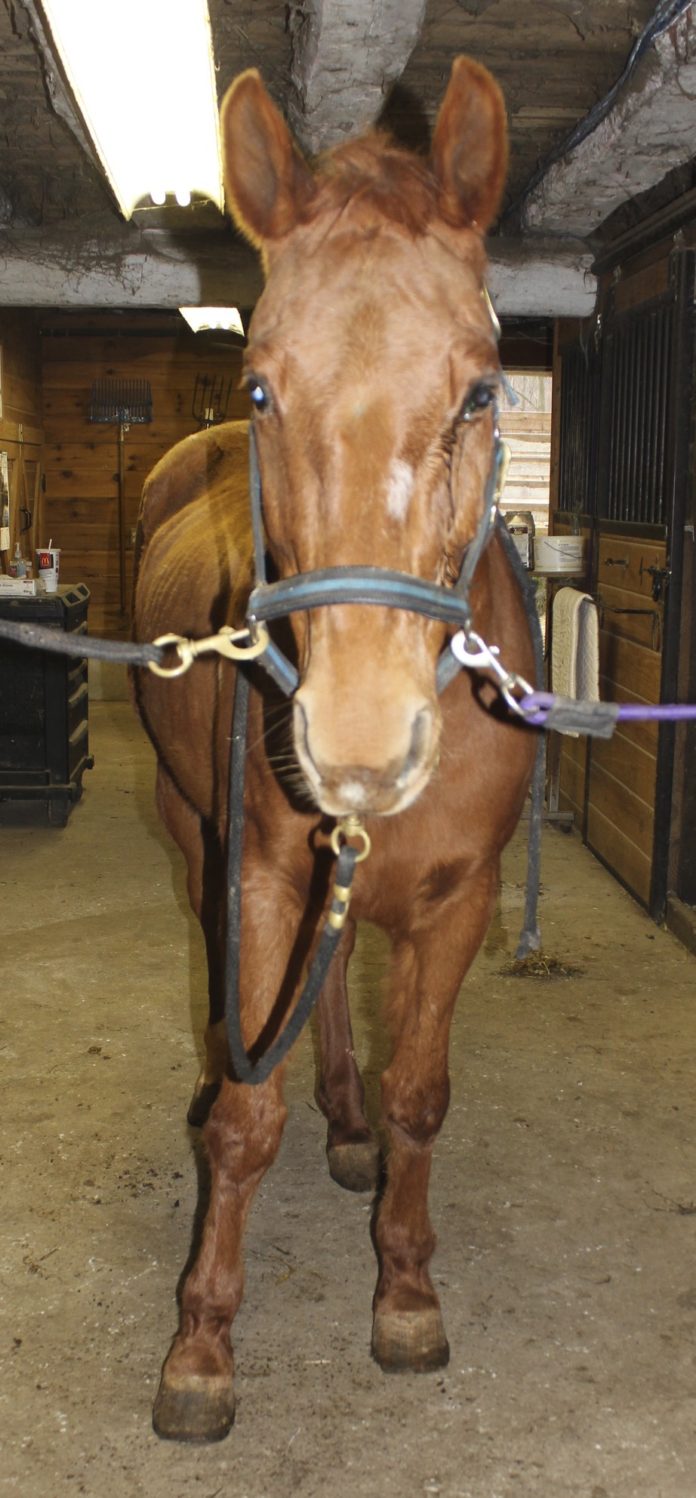One of the most rewarding things I get to do as a farrier is help rescue horses. Here in Southeastern PA we have one of the largest horse and livestock auctions east of the Mississippi River.

These types of auctions often get a bad reputation, however, this facility is clean, and the horses well managed. Yes there are the horses whose owners send them to auction in bad shape, however, the auction is overseen by a veterinarian who promptly intervenes on their behalf providing care and when needed euthanasia.
I am not here to debate the pros and cons of equine slaughter and the auction system. I see that the auction serves to connect the rescues with unwanted horses. I am fortunate to be involved with the rehabilitation of many of these horses when they are pulled by the rescues by providing their hoof care while in quarantine. I am grateful to be part of the rescue process for them!
Many of the horses just need a good trim, dentistry and basic veterinary care:


Although some have more complicated issues that require more care, like this draft mule with canker:
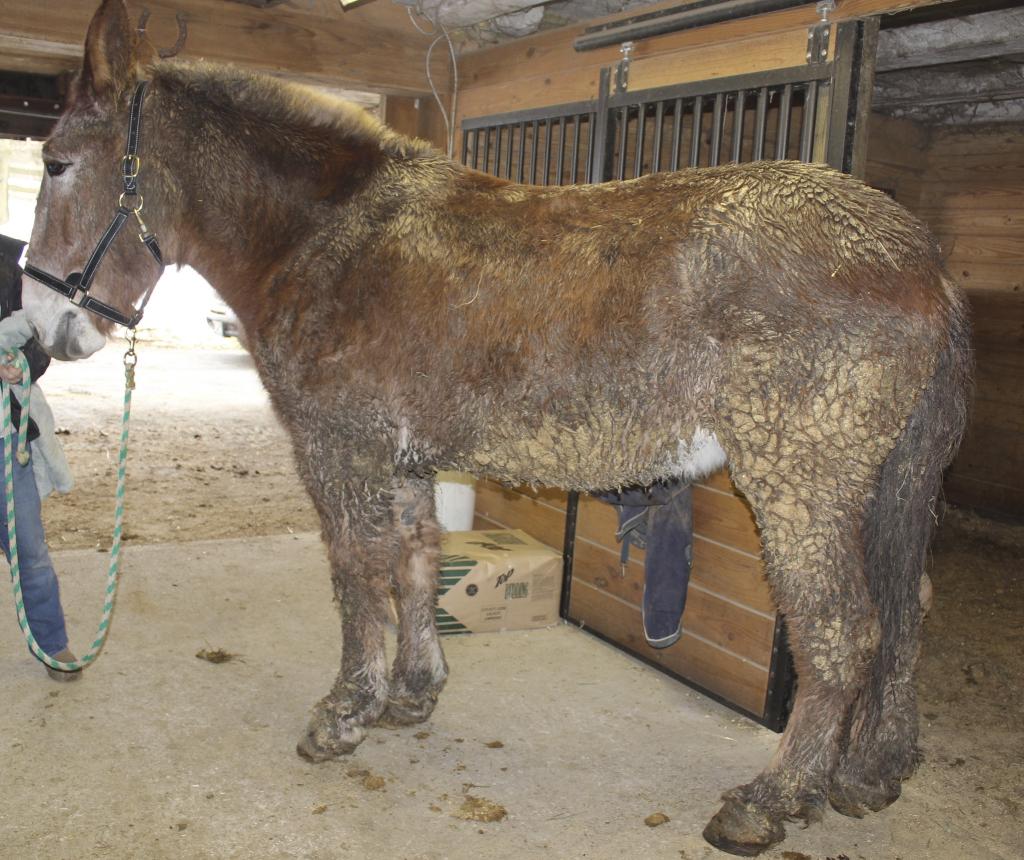

Teamwork with the veterinarian is very important in these cases, especially canker as it’s so painful and bleeds a lot when removed. This mule would not let us handle the leg and was an avid kicker due to chronic pain. Laying her down under sedation was the safest and most humane way to treat the canker.
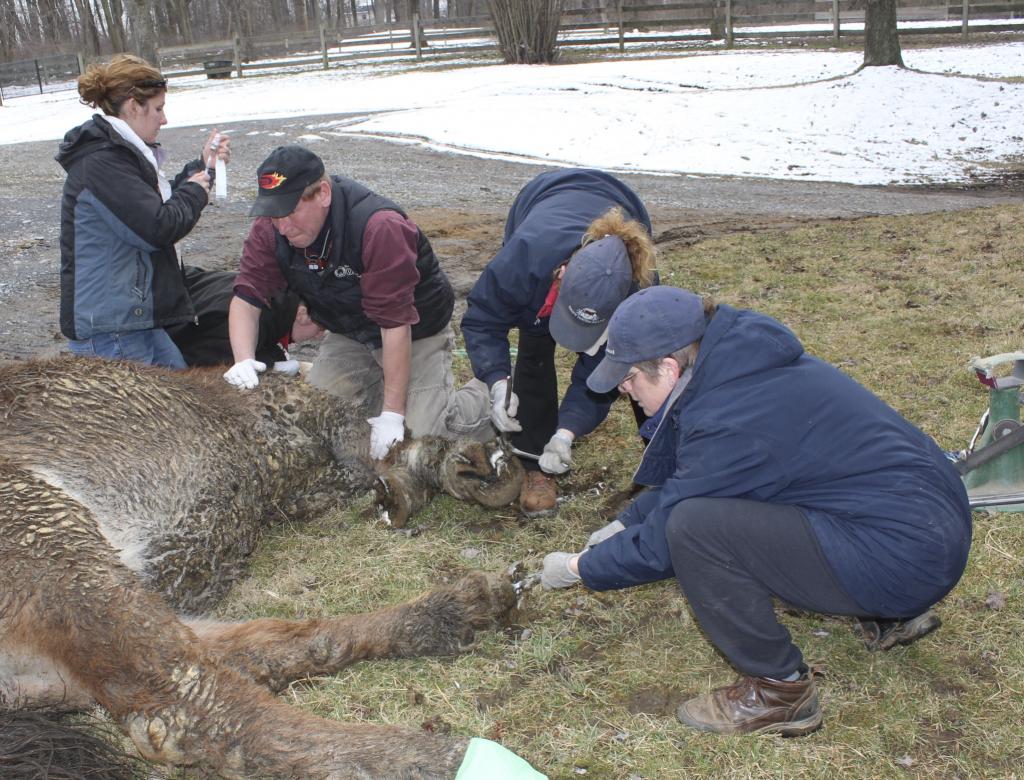
Here is the foot with the canker cut out, and the mass removed lying separate from the foot:

Some of the animals are scared or nervous being out of their routine environments, like this Saddlebred mare. She tried so hard to be good and we worked with her to help her stay calm and gain her trust. She walked toe first and had a significant wedge package on her road shoes. When the shoes were removed and feet trimmed we observed significant bruising at the seat of corn. She is being further evaluated for navicular disease:
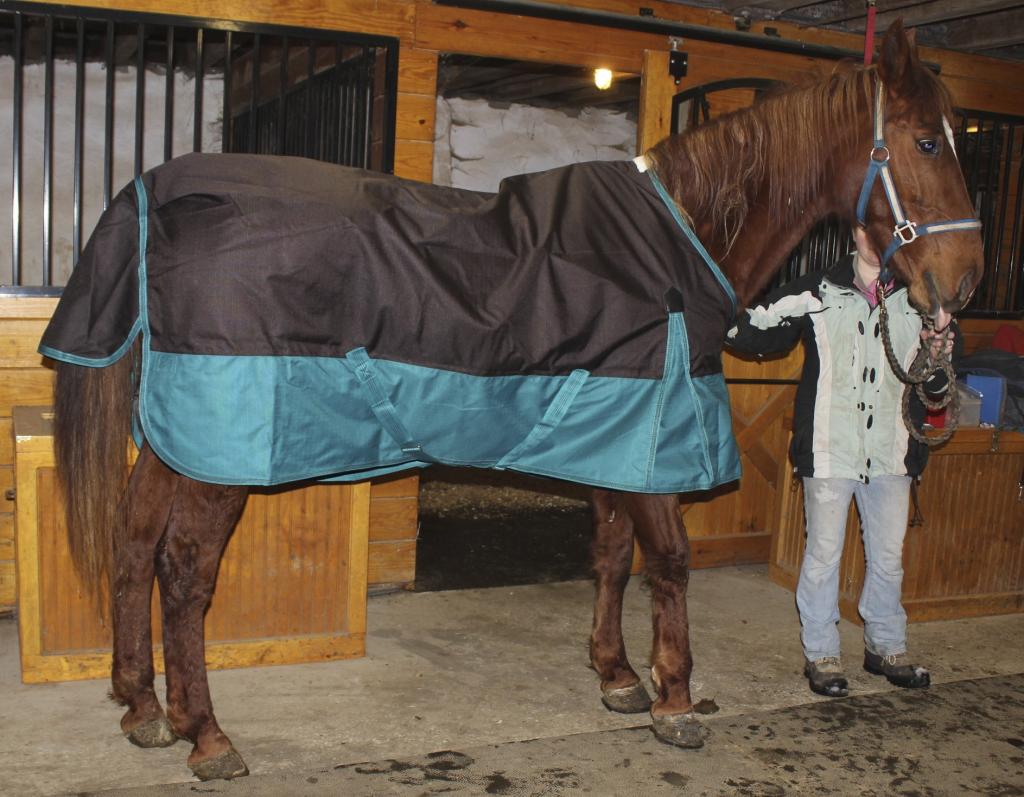

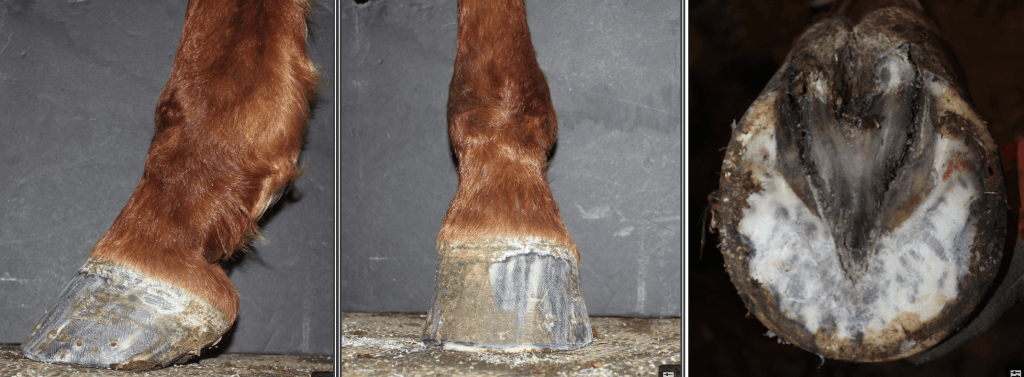
Some of the animals have pretty significant hoof distortions where radiographs are critical to their successful rehabilitation:
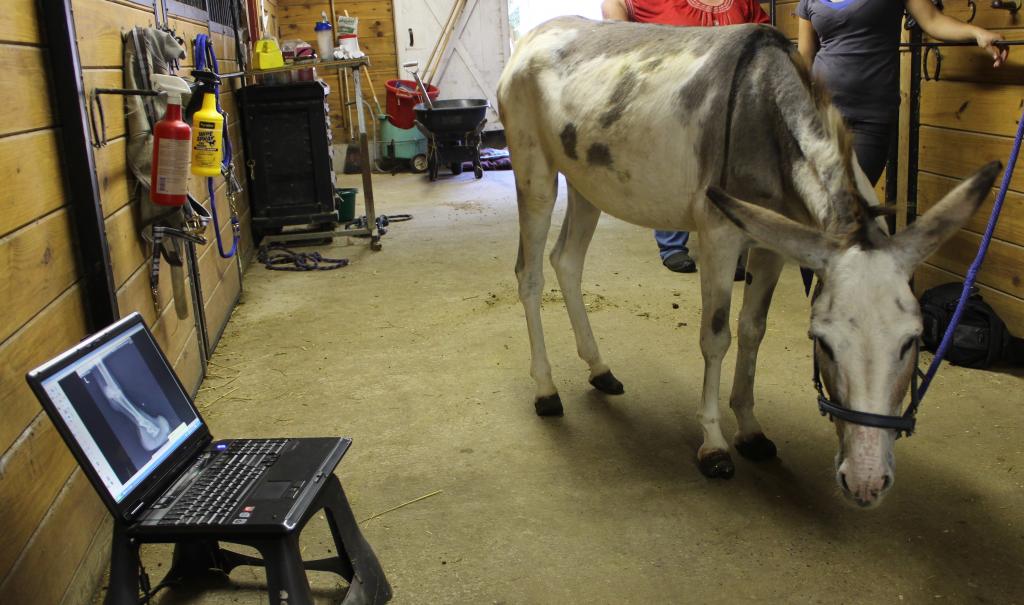
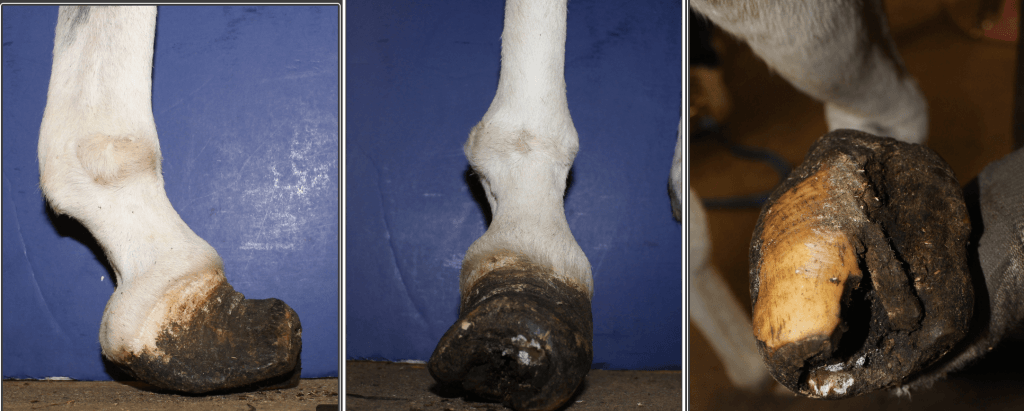

The ones I love the most are the horses whose owners contact me after they’ve been in their new homes for awhile and I get to see how well the animal is doing and how loved they are, like this adorable foundered pony mare:


This pony really hit the jackpot with her new owner, who has meticulously managed her insulin resistance and worked hard to keep her sound and happy barefoot:

Most times all I get is one trim to help these horses, and yet I find I can make a huge difference right away. I am grateful to be involved in getting them on the right path. Thank you to the rescues who pull the horses and help them get healthier and happier until they are with their new owners!
www.DaisyHavenFarm.com
www.IntegrativeHoofSchool.com


